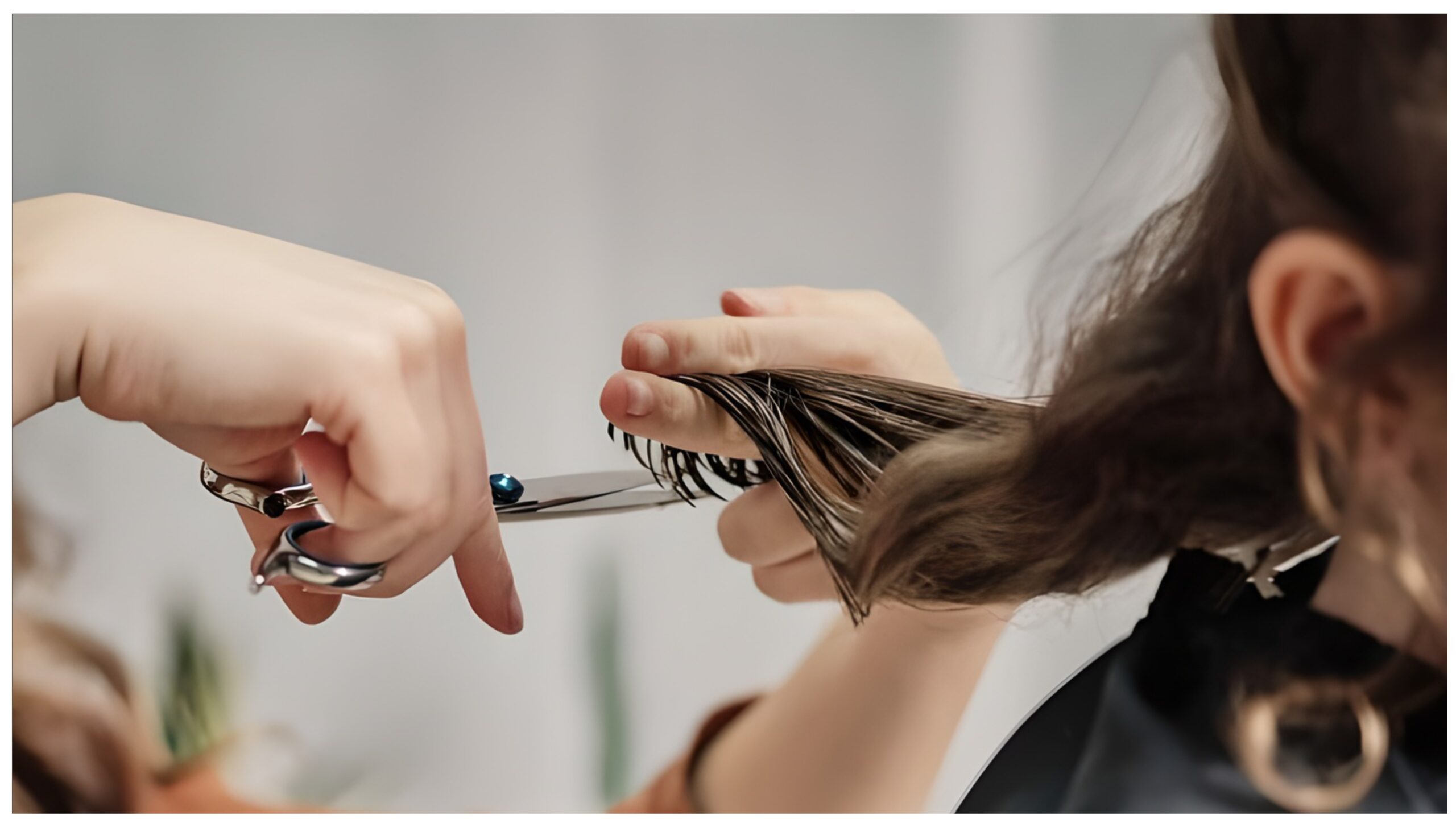Breaking News



Enter your email address below and subscribe to our newsletter

When it comes to maintaining healthy, stylish hair, one of the most common questions people ask is, “How often should I get a haircut?” The answer isn’t one-size-fits-all. Factors like hair type, style, and personal goals all play a role in determining the ideal frequency. In this comprehensive guide, we’ll dive into expert insights to help you figure out the perfect haircut schedule for your unique needs.

Before we get into specific timelines, it’s important to understand why regular haircuts are crucial for hair health. Here are a few key reasons:
The frequency with which you should get a haircut depends on several factors. Let’s explore the most important ones:
Different hair types have different needs. Here’s a breakdown:
Shorter hairstyles require more frequent maintenance to keep their shape. For example:
If your hair is damaged from heat styling, coloring, or chemical treatments, you may need more frequent trims to remove split ends and restore its health.
If you prefer a polished, precise look, you’ll need to visit the salon more often. On the other hand, if you’re okay with a more relaxed, natural style, you can stretch out the time between cuts.
Your daily habits also play a role. For example, if you swim frequently, your hair may be exposed to chlorine, which can cause damage and necessitate more frequent trims.
To provide the most accurate advice, we consulted top hairstylists and trichologists (hair and scalp specialists). Here’s what they had to say:
“Short hairstyles require more frequent maintenance to keep their shape and structure,” says celebrity hairstylist Sarah Smith. “If you have a pixie cut or a short bob, aim for a trim every 3-4 weeks.”
“Medium-length hair is versatile and can go longer between trims,” explains trichologist Dr. Jane Doe. “However, I recommend getting a trim every 6-8 weeks to prevent split ends and maintain its health.”
“Long hair is less prone to looking messy, but it’s still important to trim it regularly,” advises hairstylist Emily Brown. “Every 8-12 weeks is ideal, depending on how fast your hair grows and how well you care for it.”
“Curly and coily hair tends to be drier and more fragile,” says curly hair expert Lisa Green. “To prevent breakage and maintain your curls’ shape, schedule a trim every 12-16 weeks.”
Even if you’re following a regular schedule, there are certain signs that indicate it’s time for a trim. Keep an eye out for these red flags:
If you’re looking to stretch out the time between haircuts, there are steps you can take to keep your hair healthy:
There are several misconceptions about haircuts that can lead to confusion. Let’s debunk some of the most common myths:
Fact: Hair grows from the roots, not the ends. Cutting your hair doesn’t affect its growth rate, but it does remove damaged ends, making your hair appear healthier.
Fact: Even long hair needs regular trims to prevent split ends and maintain its health.
Fact: While some products can temporarily mask split ends, the only way to truly get rid of them is to cut them off.
To make the most of your salon visit, follow these tips:
Determining how often you should get a haircut depends on a variety of factors, including your hair type, length, and personal preferences. By understanding your hair’s unique needs and following expert advice, you can create a schedule that keeps your locks looking their best.
Remember, regular haircuts are an investment in your hair’s health and appearance. Whether you’re rocking a short pixie cut or flowing long locks, a little maintenance goes a long way in ensuring your hair stays vibrant, stylish, and healthy.
So, the next time you’re wondering, “How often should I get a haircut?” refer back to this guide and tailor your routine to fit your lifestyle and hair goals. Your hair will thank you.